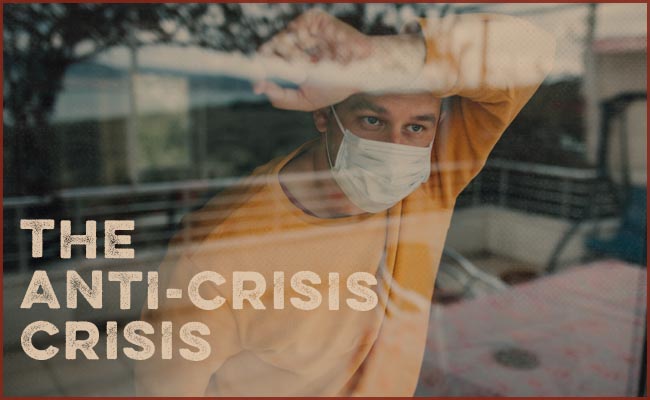
It has long been observed that societies seem to oscillate between periods of peace and plenty, and periods of conflict and hardship.
This idea has been analyzed in detail by researchers like Neil Howe and William Strauss, whose generational theory posits that societies cycle through four 20-year “turnings” — High, Awakening, Unraveling, and Crisis — around every eighty years. During the Crisis period or “Fourth Turning,” a society is faced with a perceived threat to its survival, which typically takes the form of war, but can also arrive in the shape of severe economic distress, natural or man-made disasters, civil revolts, or some combination of these and other catastrophic events.
The scientist Peter Turchin has also argued for a cyclical view of history; in crunching thousands of years of historical data, he found a pattern in which “long spells of equitable prosperity and internal peace are succeeded by protracted periods of inequity, increasing misery, and political instability.” Every fifty years, Turchin postulates, a society experiences one of these crisis periods, which he calls “Ages of Discord.”
Not all of the predictions Strauss and Howe made back in the early 90s have come to pass; and Turchin’s theory has its critics. Still, it is interesting to note that both sets of researchers independently came to similar conclusions using very different methods. It’s interesting to note as well that both Strauss/Howe and Turchin predicted that 2020 would be the year in which our latest crisis period would catalyze, and respectively did so thirty years and a decade back.
Beyond more definitive timetables and formal theories as to history’s cyclical nature, such reoccurring historical “seasons” have been noted anecdotally as well, as in the popular saying that “Hard times create strong men. Strong men create good times. Good times create weak men. Weak men create hard times.”
The basis for the general idea underlying a cyclical view of history is that periods of ease and prosperity lead to the atrophying of certain qualities on both the micro and macro level — the “sterner” stuff of personal character like discipline, self-sacrifice, and courage, as well as the cultural glue that lends a society unity and cohesion. This decay devolves into decadence, complacency, and stagnation, leaving a people vulnerable to conflict and collapse.
It’s not only that structural and moral deterioration — decades of ignoring problems and kicking cultural and political cans down the road – precipitate an inevitable breakdown, but that in some sense a society feels ready for a crisis, for a more urgent state of affairs. As Howe and Strauss note, “sparks of history—sudden and startling events—can arise in any turning. Some sparks ignite nothing. Some flare briefly and then extinguish,” but “Others ignite epic conflagrations.” This is to say that the triggers of a could-be crisis occur in every period, but only at certain times in the cycle does a potential trigger deepen into a Crisis with a big C, and it does so in part because the societal ecosystem magnifies it.
It is not as if people wish for a crisis, or intentionally bring it about; rather, the societal ecosystem seems to sense it needs a correction, a catharsis, a renewal, which can only come through the process of creative destruction. There’s
No comments:
Post a Comment